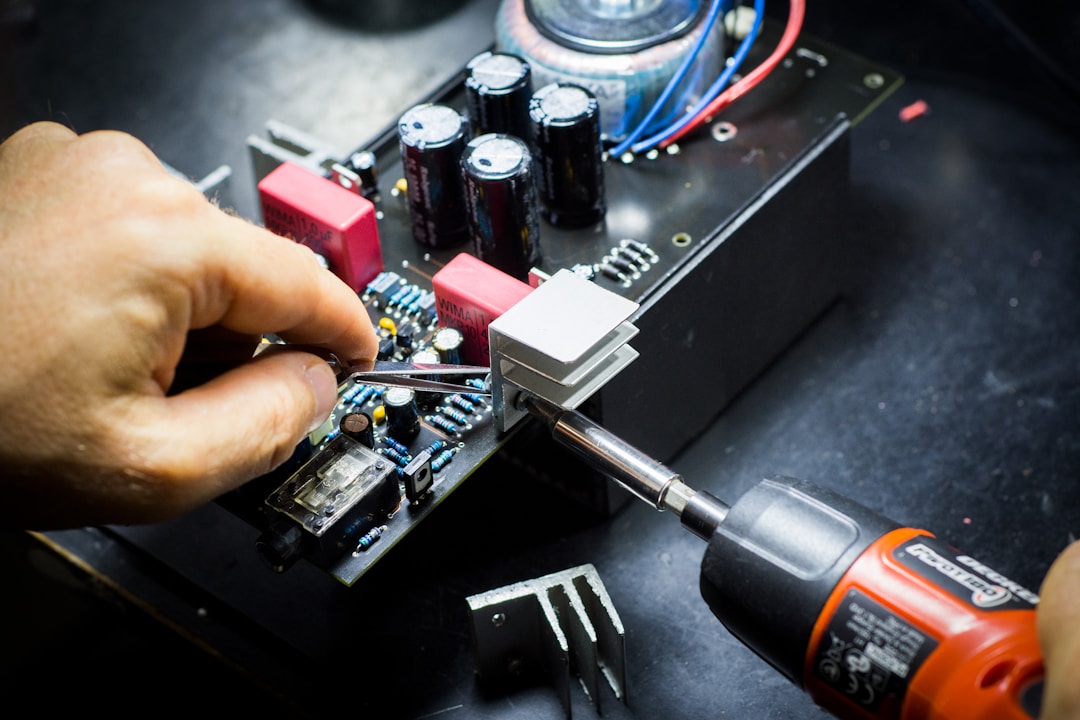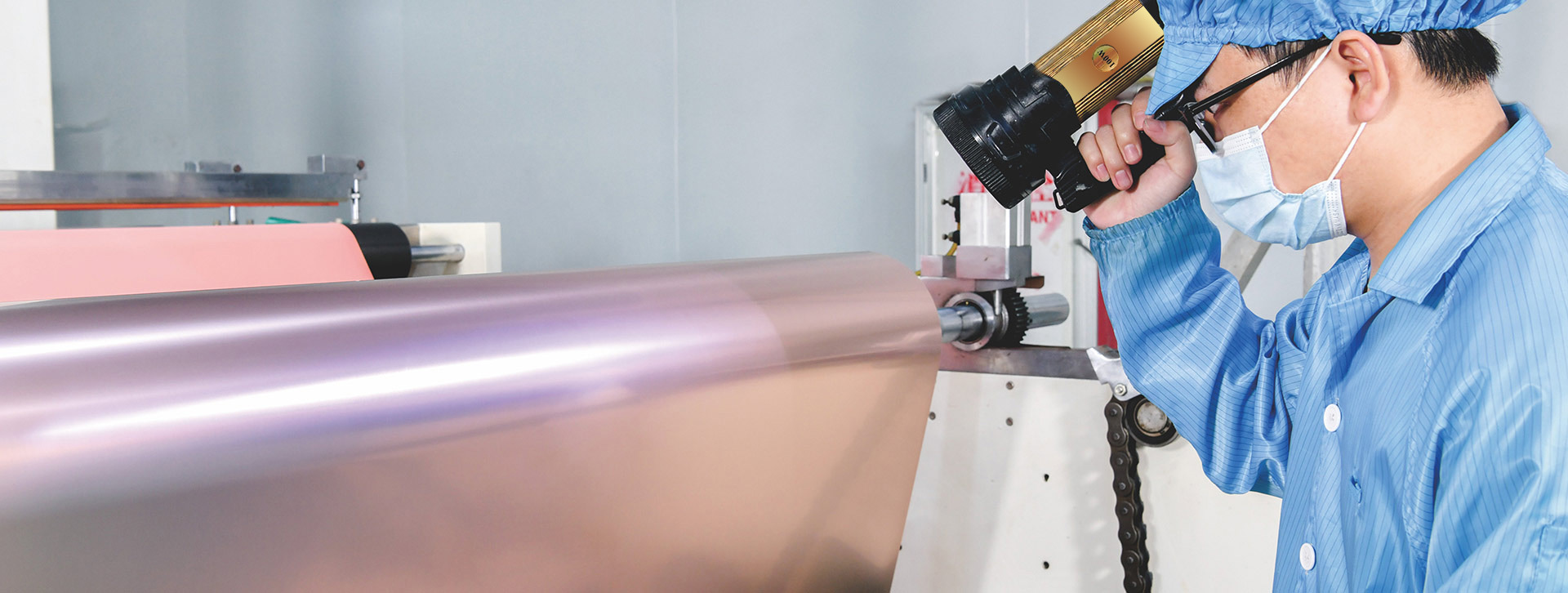FPC substrate polyimide film covering film
Polyimide film covering film for FPC substrate - covering film for flexible printed circuit boards
2025-03-21

FPC substrate polyimide film covering film - covering film for flexible printed circuit boards
I. Single-layer FPC
It has a layer of chemically etched conductive patterns. The conductive pattern layer on the surface of the flexible insulating substrate is rolled copper foil. The insulating substrate can be polyimide, polyethylene terephthalate, aromatic polyamide fiber ester, and polyvinyl chloride. Single-layer FPCs can be further divided into the following four subcategories:
1. Single-sided connection without covering layer
The conductor pattern is on the insulating substrate, and the surface of the conductor has no covering layer. Its interconnection is achieved by tin welding, fusion welding, or pressure welding. It is commonly used in early telephones.
2. Single-sided connection with covering layer
Compared with the previous type, it only has an additional covering layer on the surface of the conductor. When covering, the solder pads need to be exposed. Simple ones can be left uncovered in the end area. It is the most widely used type in single-sided flexible PCBs and is used in automotive instruments and electronic instruments.
3. Double-sided connection without covering layer
The connection pad interface can be connected on both the front and back sides of the conductor. A through-hole is opened on the insulating substrate at the solder pad. This through-hole can be made by punching, etching, or other mechanical methods at the required position on the insulating substrate.
4. Double-sided connection with covering layer
Different from the previous type, it has a covering layer on the surface. The covering layer has through-holes, allowing both sides to be terminated while still maintaining the covering layer. It is made of two layers of insulating material and one layer of metal conductor.
II. Double-sided FPC
Double-sided FPCs have a layer of etched conductive patterns on both sides of the insulating base film, increasing the wiring density per unit area. Metallized holes connect the patterns on both sides of the insulating material to form conductive paths to meet the design and functional requirements of flexibility. The covering film can protect single- and double-sided conductors and indicate the location of components. According to the requirements, metallized holes and covering layers can be optional. This type of FPC is less commonly used.
III. Multilayer FPC
Multilayer FPCs laminate three or more layers of single-sided or double-sided flexible circuits together, forming metallized holes through drilling and electroplating to form conductive paths between different layers. In this way, complex welding processes are not required. Multilayer circuits have significant functional differences in terms of higher reliability, better thermal conductivity, and easier assembly performance.
Its advantages are that the substrate film is lightweight and has excellent electrical properties, such as a low dielectric constant. Multilayer flexible PCBs made with polyimide film as the substrate are about 1/3 lighter than rigid epoxy glass cloth multilayer PCBs, but they lose the excellent flexibility of single-sided and double-sided flexible PCBs. Most of these products do not require flexibility. Multilayer FPCs can be further divided into the following types:
1. Flexible insulating substrate finished product
This type is made on a flexible insulating substrate, and its finished product is specified as flexible. This structure usually bonds the two ends of many single-sided or double-sided microstrip flexible PCBs together, but the central part is not bonded together, thus having high flexibility. In order to have high flexibility, a thin, suitable coating, such as polyimide, can be used on the conductor layer instead of a thicker laminated covering layer.
2. Soft insulating substrate finished product
This type is made on a soft insulating substrate, and its finished product is not specified as flexible. This type of multilayer FPC is made by laminating soft insulating materials, such as polyimide film, into multilayer boards, and loses its inherent flexibility after lamination.
Previous Article:
Next Article:
Related Information
FPC substrate polyimide film covering film
Polyimide film covering film for FPC substrate - covering film for flexible printed circuit boards
Flexible circuit board structure and substrate
Flexible printed circuits are classified according to the number of conductive copper foil layers, including single-layer boards



